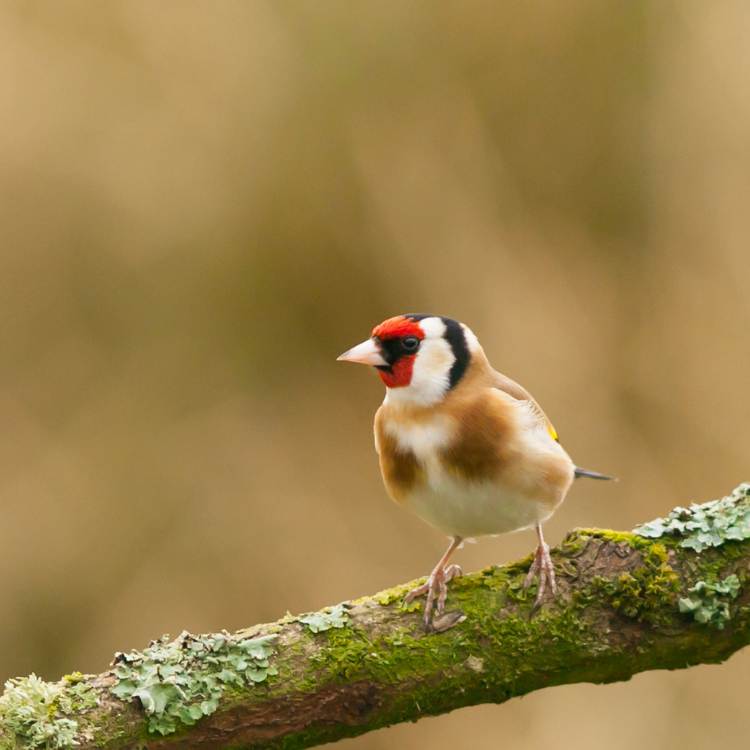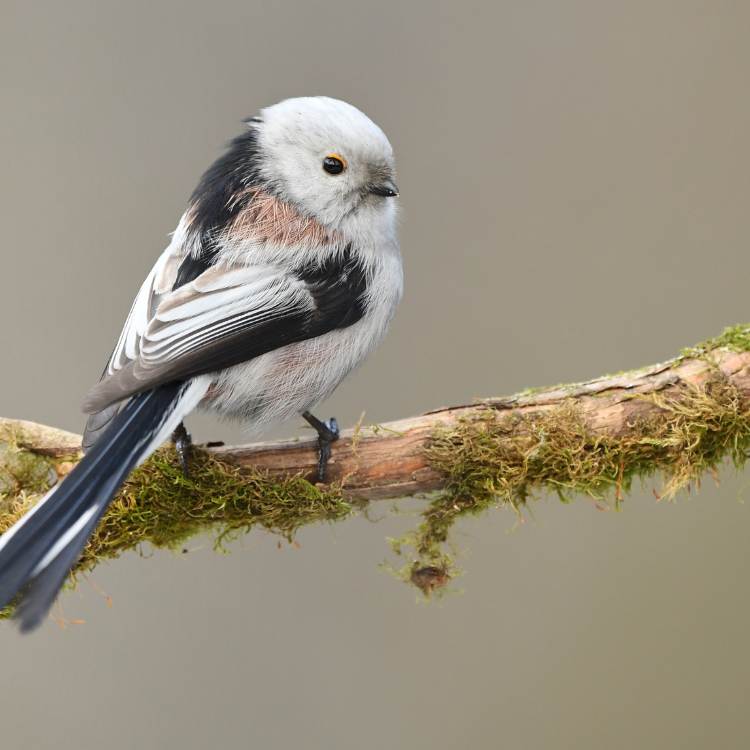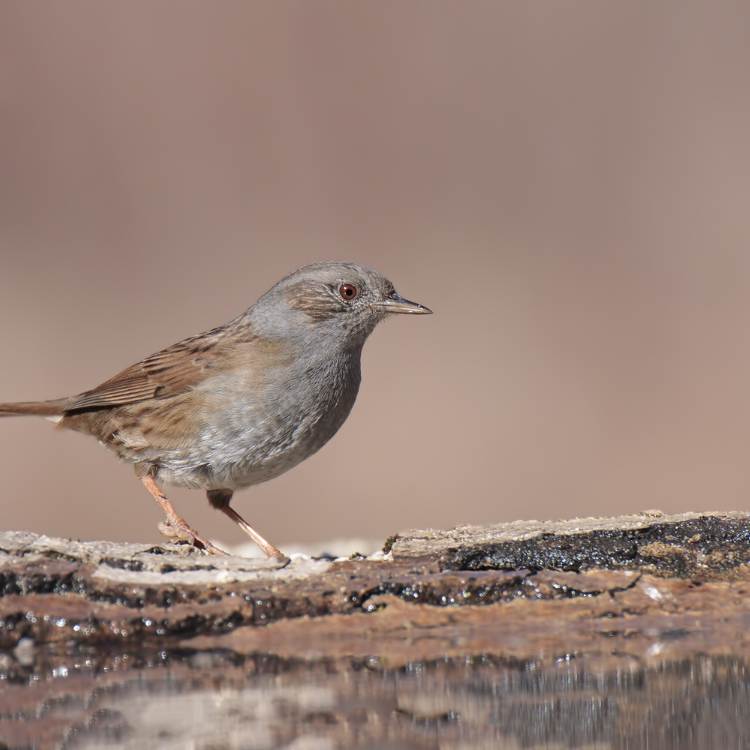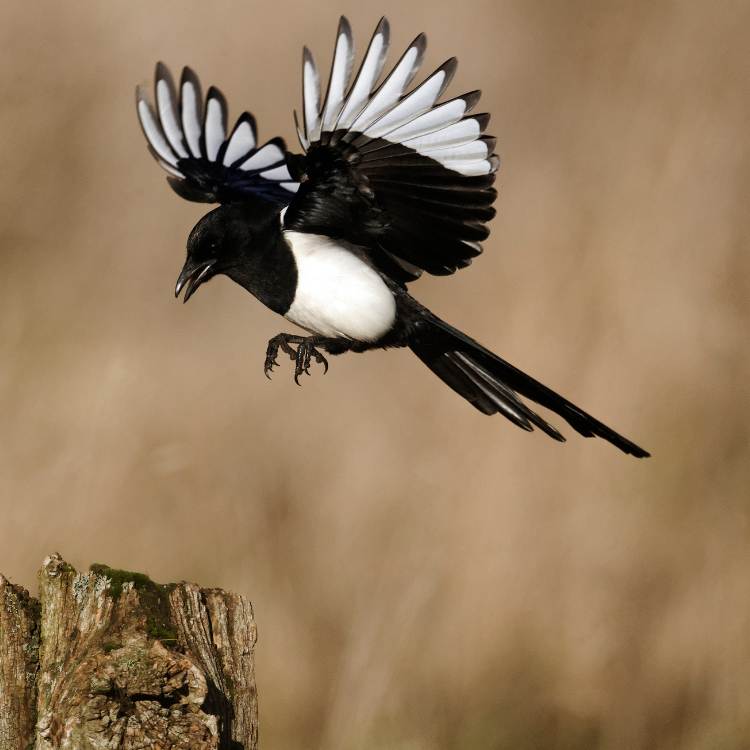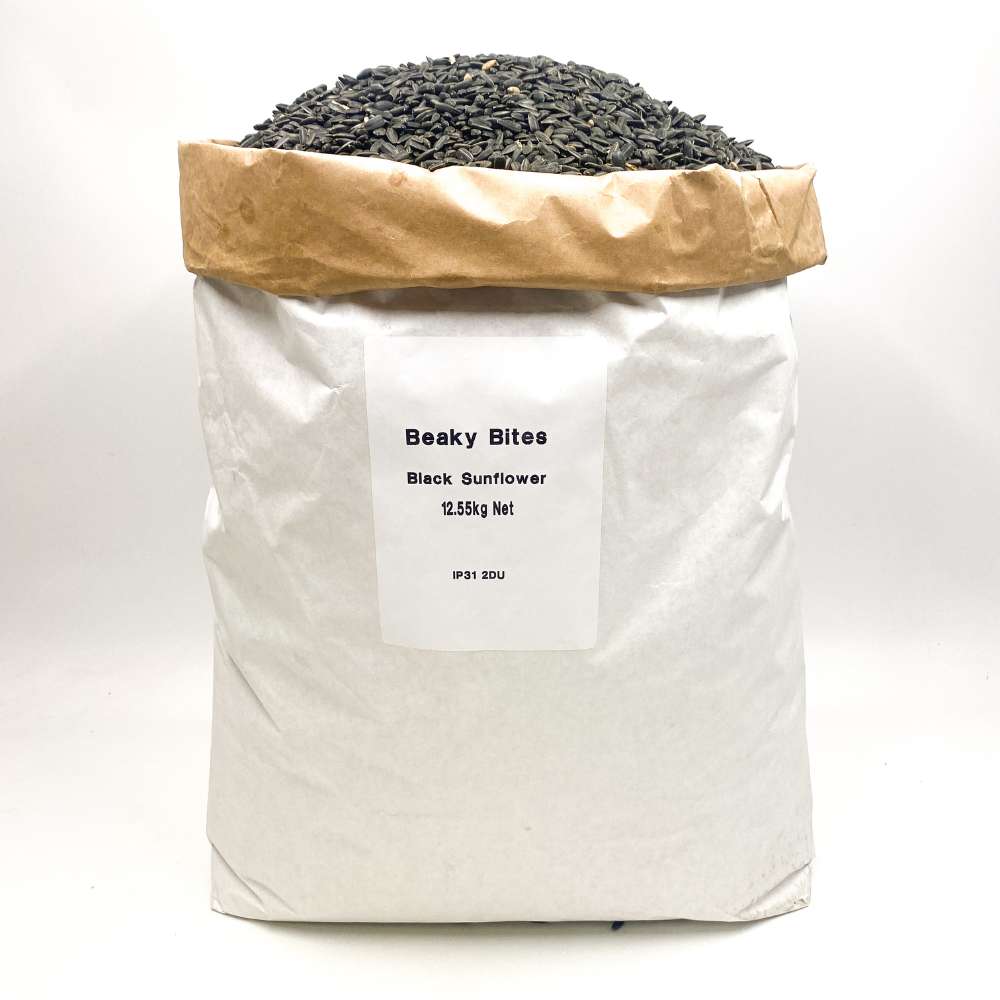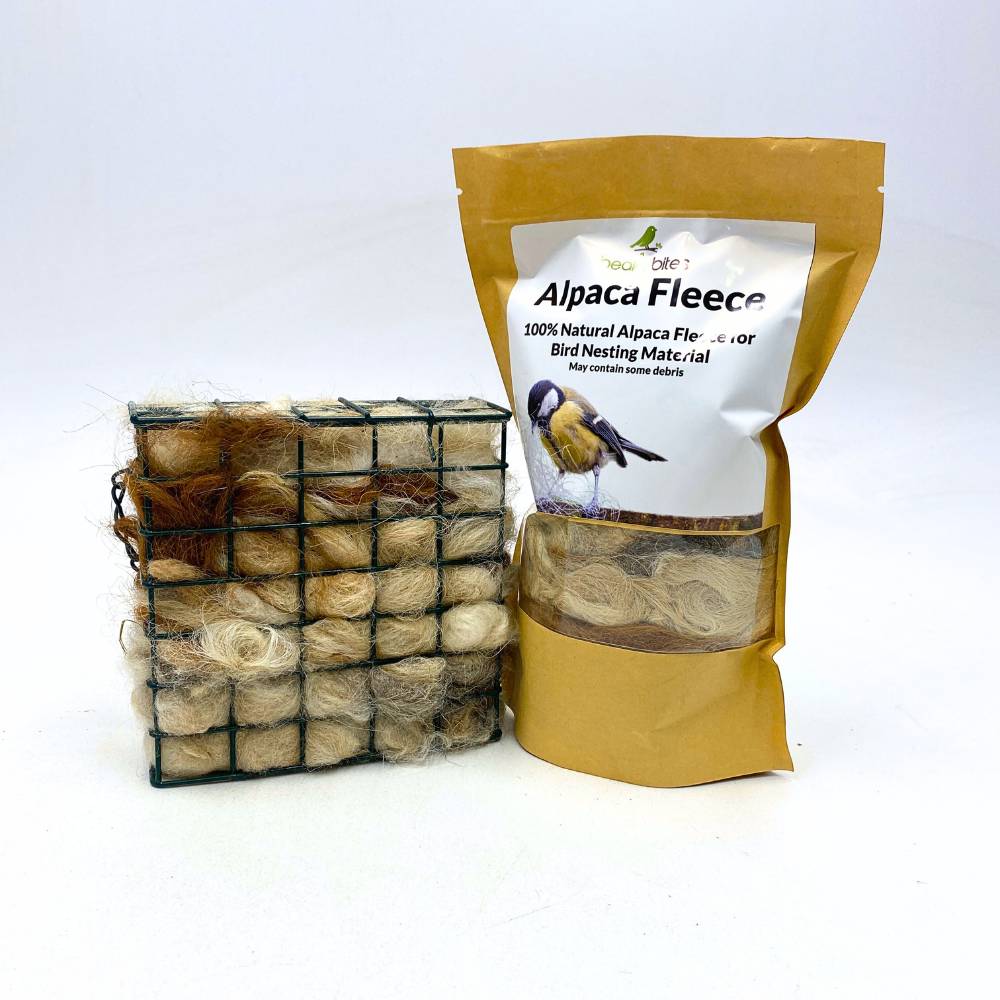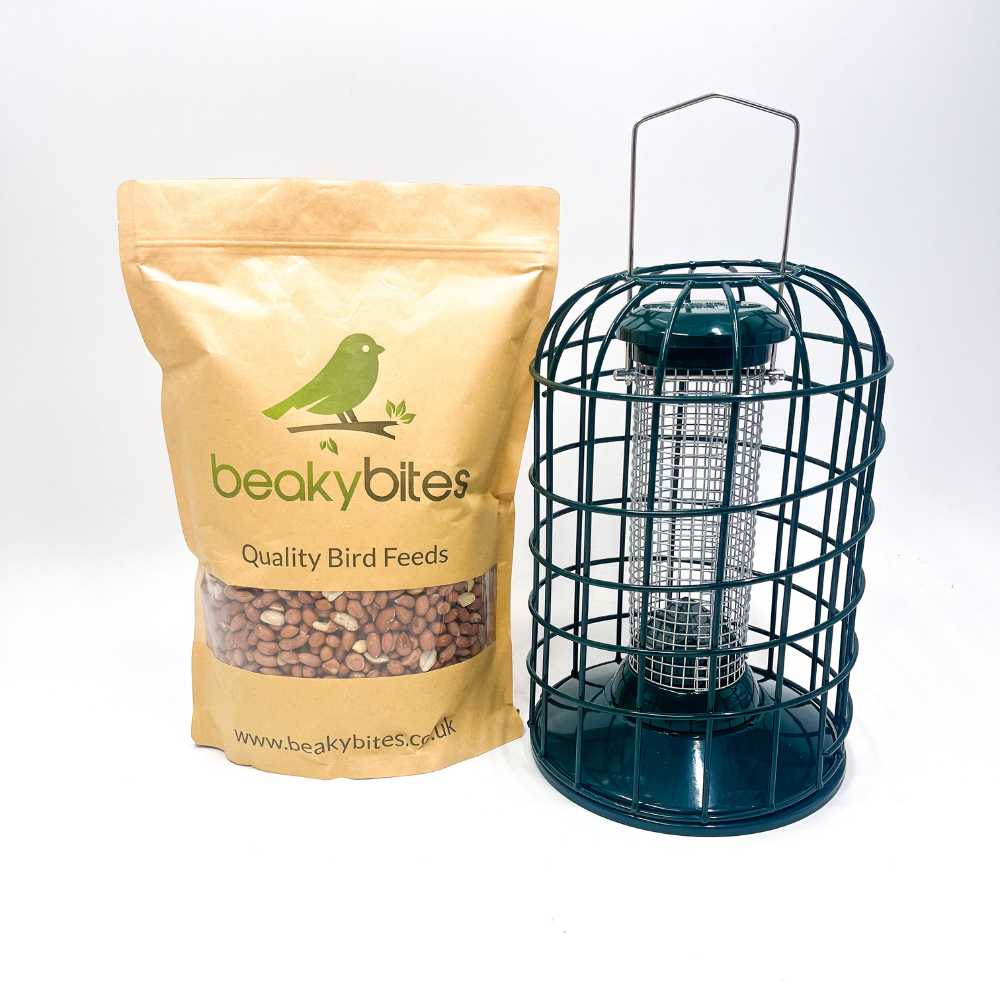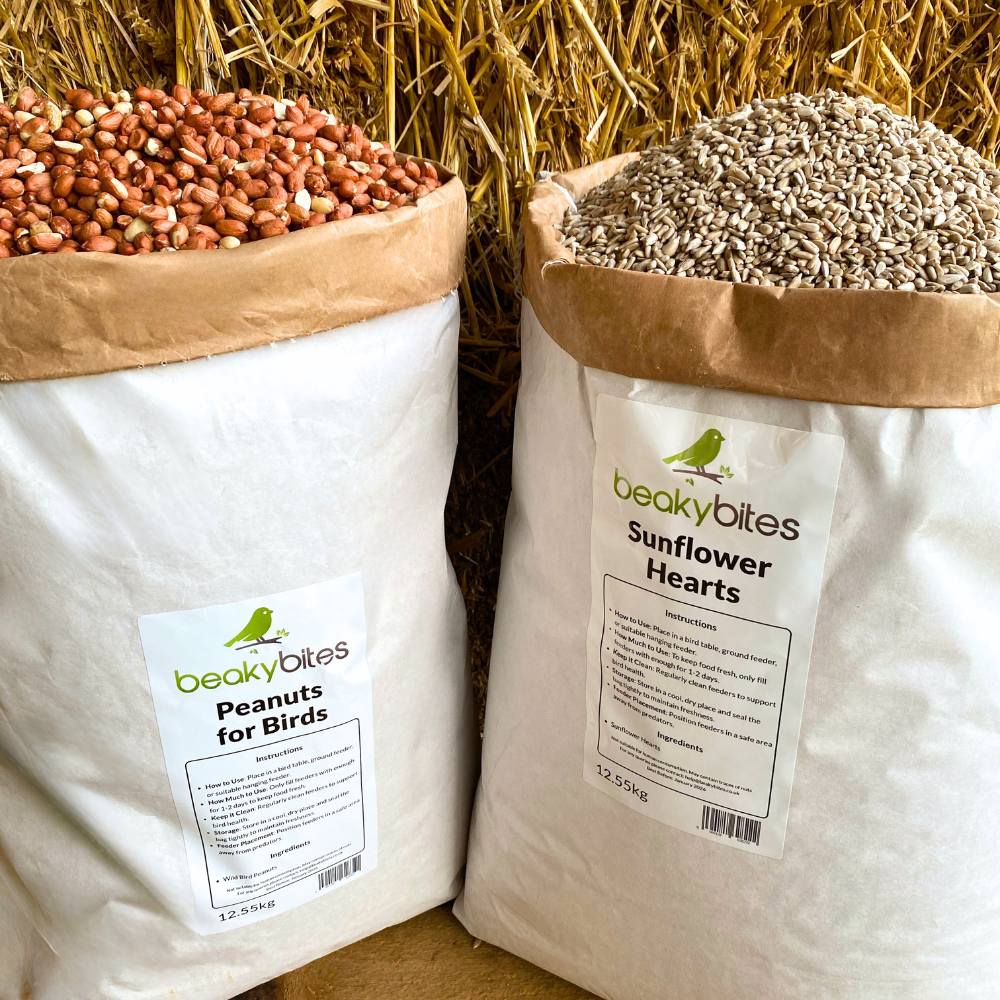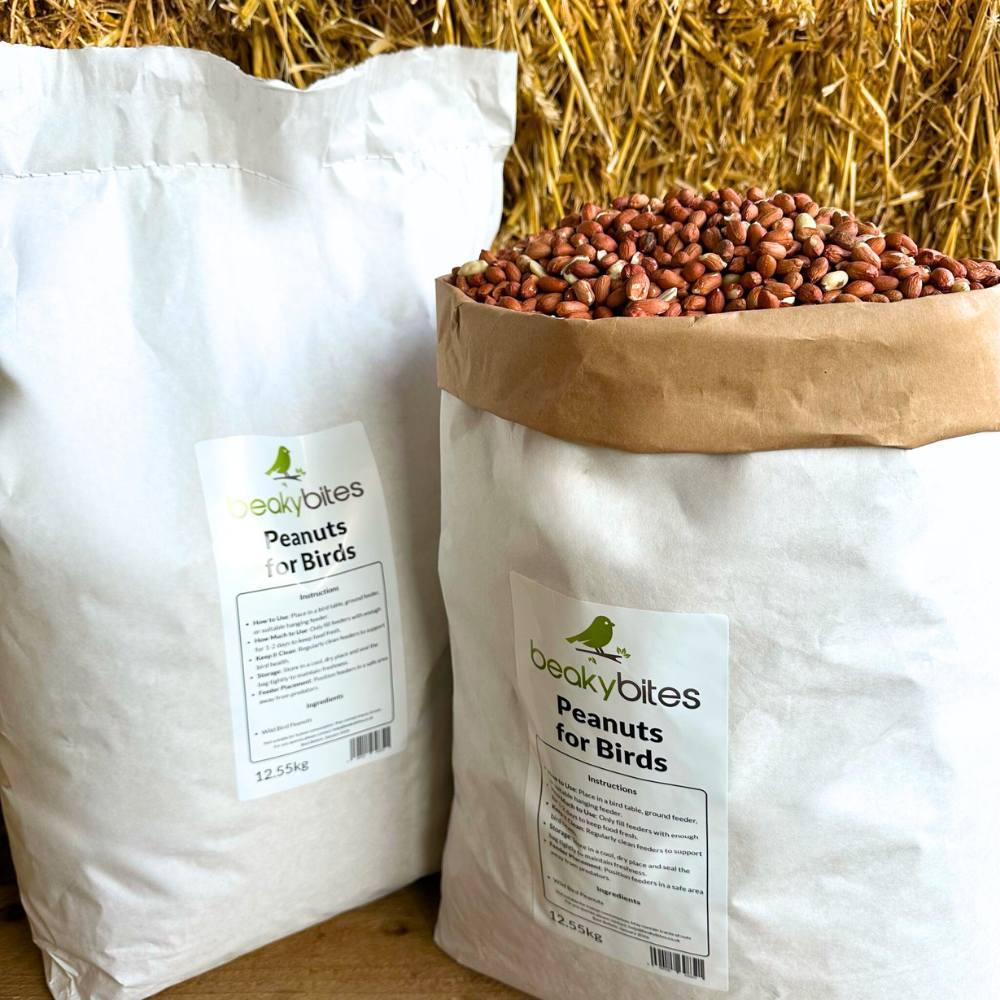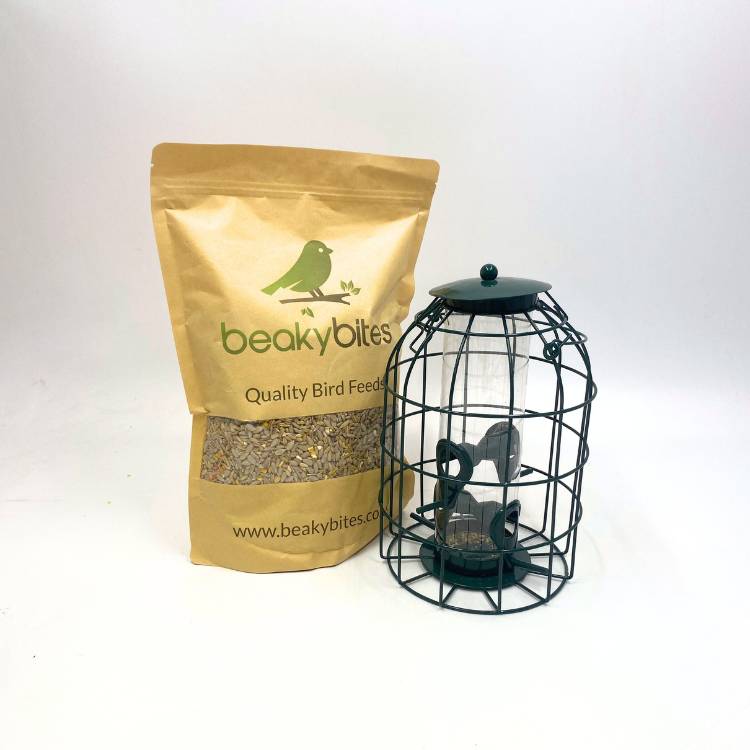12 Common Garden Birds; How to Attract More Birds to Your Garden
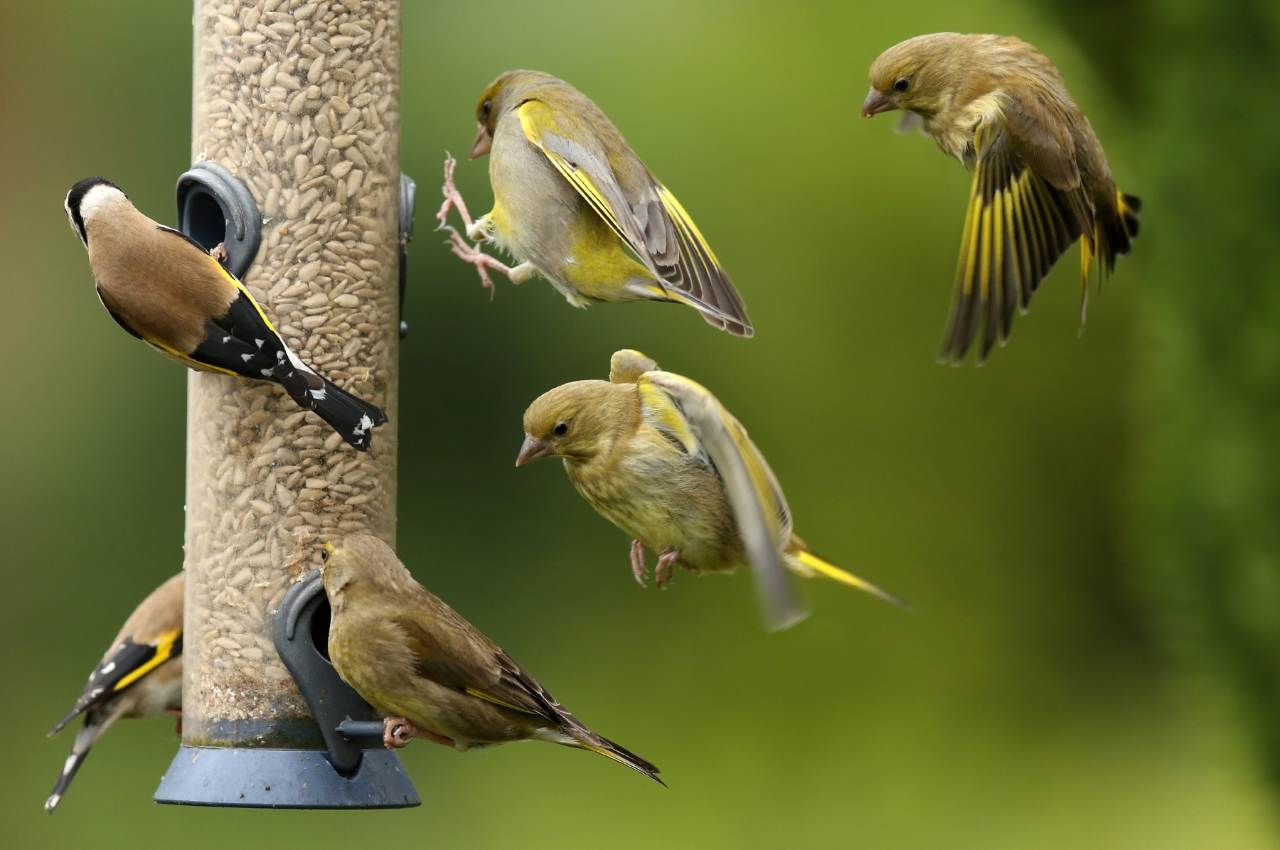
12 UK Birds in Garden: A Beginner’s Guide
Want to identify and attract more birds in your garden? This guide will help you spot common UK garden birds and give you tips on how to make your garden bird friendly. From feeding to bird friendly environments you’ll find everything you need to turn your garden into a birders heaven.
What We'll Cover
Identifying UK garden birds will improve your gardening and help declining species like the house sparrow.
Make your garden bird friendly with feeders, fresh water and native plants and you’ll attract a variety of birds to your garden.
Understanding the seasonal patterns of migratory and resident birds will enhance your birdwatching all year round.
Identifying Common Garden Birds
Identifying common garden birds is fun and will make time in the garden more enjoyable. By having a better understanding of what birds enter your garden, you will be able to better cater to their needs. Furthermore explore further a field and find out what is in your local area. The more you know about the wildlife in your local area the better equipped you can be to help support them.
Here are the most common British birds in gardens, how to identify them and some tips to support them.
House Sparrow
The house sparrow is a small, social bird with a chunky body and brown plumage. Males have a dark brown crown and a black bib under their chin, females are a more mousy brown with streaked feathers. Sparrows are often seen in flocks, foraging on the ground for seeds or insects and are one of the most common birds in urban and suburban gardens. They’re energetic so fun to watch as they zip around.
How to Attract: Offer sunflower seeds or All season bird mix to sparrows. A bird table or ground feeder is ideal for sparrows as they like to feed in groups and on flat surfaces.
Blue Tit
The blue tit is a small, brightly coloured bird that’s easy to spot with its blue and yellow feathers. Its head is a bright blue with a white face and has a black stripe through its eyes giving it a mischievous look. These little birds are always flitting around your garden, especially in the winter months, looking for food. They’re quite bold and are known for their acrobatics.
How to Attract: Offer sunflower hearts or fat balls which provide the high energy these birds need to get through the colder months. Hang them in a feeder or from a tree to replicate their natural environment.
Robin
The robin is the classic British garden bird. Its bright red breast against its brown, olive-green back is a sight to behold and its friendly nature makes it a birdwatcher’s favourite. Robins are often seen hopping around on the ground, especially in the winter months, looking for insects or seeds. The male’s red breast is more vibrant than the female’s and they are known for their territorial behaviour.
How to Attract: Dried mealworms or suet pellets are the perfect treats for robins as they love an insect rich diet. Place them in a sheltered feeder or directly on the ground to replicate their natural foraging habits.
Great Tit
The great tit is a beautiful bird with a black head, white cheeks and a bold black stripe running down its yellow-green body. It’s the largest of the UK’s tit family and has a loud, distinctive call. Great tits are bigger than their smaller cousins the blue tit and are often seen in gardens, parks and woodlands. They’re clever and adaptable and will figure out how to get to food in tricky feeders.
How to Attract: Great tits love sunflower seeds and peanuts. Provide these in a hanging feeder and they’ll happily explore, cracking open the shells for the tasty contents.
Blackbird
The male blackbird is easy to spot with its shiny black feathers, bright yellow beak and a song that fills the air in spring and summer. The female blackbird is a warm brown with speckled chest and is distinct but easy to spot when you know what to look for. They’re often seen on the ground foraging for worms, insects and berries making them one of the most common visitors to gardens.
How to Attract: Dried mealworms and berry-flavoured suet pellets are perfect for blackbirds. Scatter them on the ground or on a bird table to keep these ground feeders happy.
Starling
The starling is a bird that steals the show with its shimmering, iridescent feathers. In the right light their feathers can shine green, purple and blue and are truly beautiful to behold. Starlings are also known for their spectacular flock displays where hundreds of birds swoop and dive in perfect synchronisation. In gardens they’re often seen foraging on the ground or crowding around feeders in groups.
How to Attract: Suet blocks and dried mealworms are starling favourites. These high energy treats are perfect for their active nature and replicate their natural diet of insects.
Wood Pigeon
The wood pigeon is a large bird with soft grey feathers and a white patch on the back of its neck making it easy to spot from a distance. It has a gentle, almost regal appearance and is often seen perched in trees or hopping around gardens foraging for food. They’re also known for their loud "cooing" calls which are more noticeable in spring. Wood pigeons build simple nests in the branches of tall trees and hedges where they can be hard to spot.
How to Attract: Mixed grains or cracked corn are perfect for wood pigeons. Scatter on a ground feeder or open area as they prefer to feed on flat surfaces.
Collared Dove
The collared dove is a beautiful and peaceful bird, easy to spot with its pale grey feathers and black crescent shaped collar around its neck. Not as colourful as some other birds but its subtlety and gentle nature make it a popular garden visitor. Collared doves are often seen on fences or feeding on the ground, especially in suburban or urban areas where they have adapted well to human environments.
How to Attract: Offer sunflower seeds or all season bird seed on a ground feeder. Collared doves prefer to feed on the ground or low perches so these foods are easy to access.
Goldfinch
The goldfinch is a small, bright bird with a yellow and black pattern on its wings and a red face. They’re often seen perched on thistles, sunflowers or feeding on garden feeders and their acrobatic feeding style is fun to watch. Goldfinches are known for their sweet, tweeting call which is often heard before they’re seen flitting around. They love thistle seeds which is why they’re often seen near wildflower patches.
How to Attract: To attract goldfinches offer niger seed in a tube feeder. This high energy food is perfect for these finches as part of their natural diet.
Long-tailed Tit
The long-tailed tit is one of the most adorable garden birds you’ll see, with its round body and long, wispy tail. Its pinkish-white plumage makes it look like a fluffy teddy bear. They’re incredibly social, often seen in small flocks, especially in winter, as they forage together for food. They build intricate dome shaped nests in dense shrubs or hedges which provide shelter and protection from the elements.
How to Attract: Hang fat balls or suet blocks in your garden. These high energy foods will provide the nutrition these tiny birds need especially during the colder months.
Dunnock
The dunnock, also known as the hedge sparrow, is a small, unassuming bird with brown streaked feathers and a thin, pointed beak. It keeps to the ground, foraging for insects and seeds and is often found near dense shrubs or hedges. The dunnock is a quiet bird so is easy to miss but is a welcome visitor to any garden. It’s a hardy bird that can be seen all year round.
How to Attract: Offer a mix of seeds and dried mealworms on a ground feeder or bird table. Dunnocks prefer quiet, sheltered spots to feed so providing them with a safe environment will encourage visits.
Magpie
The magpie is a stunning bird with black and white plumage and a long tail that shines in the sun. Intelligent and adaptable they’re often seen in pairs foraging on the ground or in trees. They have a distinctive call that sounds like a harsh "chack" and are often heard before you see them. Magpies are notorious for their opportunistic feeding habits and will take advantage of anything they can get.
How to Attract: Offer peanuts or a mix of grains and seeds. Magpies like a varied diet and will be attracted to a range of foods scattered around your garden.
Attracting Birds to Your Garden: Feeders, Nest Boxes & Plants
A bird friendly garden is more than just about food – providing the right environment for birds to nest and thrive is just as important. Bird feeders are a must have and there are plenty to choose from for different types of birds. Hanging feeders with sunflower hearts, peanuts or fat balls are perfect for small birds like tits, robins and finches. For ground feeding birds like blackbirds and dunnocks, scattering seed or a low feeder will make them feel more at ease.
Nest boxes are a great addition, giving birds a safe place to rest and breed. Different species prefer different types of boxes so you’ll need to choose one for the birds you want to attract. For example, blue tits and great tits like small boxes with a hole entrance, robins like open fronted boxes.
Finally, garden plants are key to supporting bird activity as they provide natural food and shelter. Native plants like hawthorn, holly and ivy provide berries and insects for birds, tall grasses and dense shrubs give them cover and places to nest. Having a variety of plants means there’s always something for the birds to enjoy all year round.

Seasonal Birds: Summer Migrants & Winter Visitors
Birdwatching in the garden is a changing experience, especially when you see the comings and goings of seasonal birds. In the summer many species migrate to the UK to enjoy the warmer weather and food. Swallows, house martins and warblers are the most common migrants, arriving to nest and breed before heading south again in autumn. Their arrival is a real sign summer has arrived and you may see them flitting around your garden or swooping above, catching insects.
Winter birds arrive as the weather gets colder and food becomes scarce. Species like redwings, fieldfares and waxwings can be seen in gardens during the colder months. These birds are well adapted to cold weather and feed on berries and seeds to keep their energy up. Providing high energy foods like suet pellets and mixed seed blends will help support these hardy winter visitors.
Birds That Stay All Year
Not all birds migrate – many of our garden favourites stay with us all year round. Birds like blackbird, blue tit, wood pigeon and robin are present all year, adapting to the seasons by changing their feeding habits. For example in winter, robins and blackbirds may forage on the ground for insects and seeds, in summer they may turn to the berries on nearby shrubs. Having a steady supply of food, whether through feeders, ground feeding or nest boxes means these birds have what they need to thrive whatever the weather.
Attracting Birds of Prey to Your Garden
Not often seen in gardens, birds of prey can be a real bonus to your outdoor space if you’re lucky enough to see one. The red kite, buzzard and kestrel can be seen flying overhead or perched in nearby trees. They hunt smaller birds and mammals so won’t visit your bird feeders, but they play a vital role in the local ecosystem by controlling the numbers of smaller creatures.
To attract these magnificent birds of prey to your garden, create a diverse environment that supports all species. Tall trees and dense hedges provide cover for smaller birds which in turn attract these predators looking for food. By creating a healthy natural habitat you can indirectly invite these awesome raptors to visit your garden – just keep an eye on the skies for a glimpse of their beauty.
A nocturnal predator, is the barn owl who is easily recognised by its heart shaped face and pale feathers. It hunts at dusk and through the night and preys on small mammals like voles and mice. Not visiting feeders, a quiet undisturbed area of your garden and a barn owl box can help support these lovely birds.
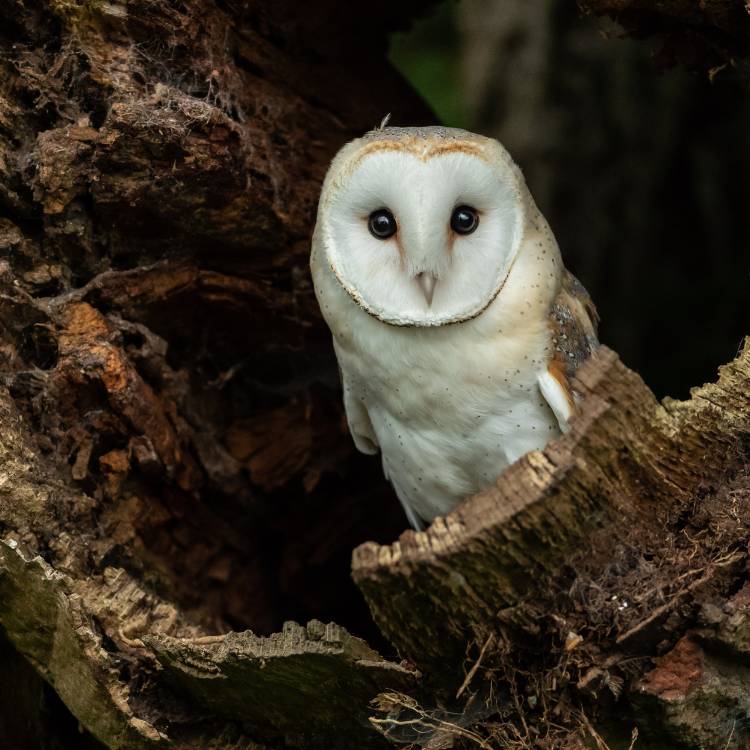
Summary
In summary, identifying and attracting common garden birds will enhance your birdwatching. By providing the right food, cleaning feeders and creating a bird friendly garden you can have a variety of birds in your garden.
Remember every little helps these feathered friends. Keep your feeders clean, plant native shrubs and enjoy the beauty and fun of garden birds in your life.
Frequently Asked Questions
How can I attract a wider variety of birds to my garden?
- Answer: Offer a mix of feeders, water sources, and native plants to attract different bird species year-round.
What plants are best for supporting birds year-round?
- Answer: Native plants like hawthorn, ivy, and holly provide food, shelter, and nesting spots throughout the seasons.
Are there specific types of nest boxes for different bird species?
- Answer: Yes, boxes with different entrance sizes suit various birds, with smaller holes for species like blue tits and open fronts for robins.
Do birds of prey pose a risk to smaller garden birds?
- Answer: Birds of prey help maintain a balanced ecosystem, and their occasional predation has minimal impact on garden bird populations.
What should I do if I find an injured or sick bird in my garden?
- Answer: Contact a local wildlife rescue or rehabilitation centre for advice on safely helping the bird.

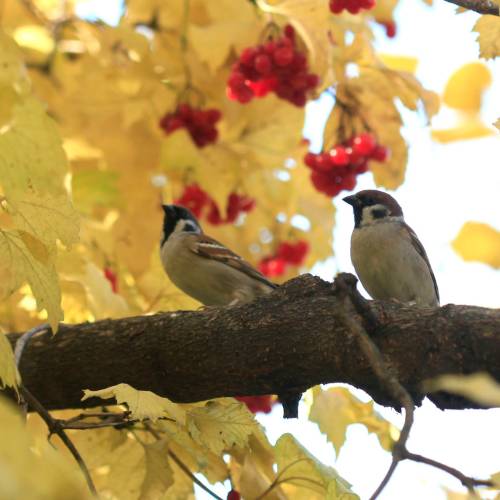

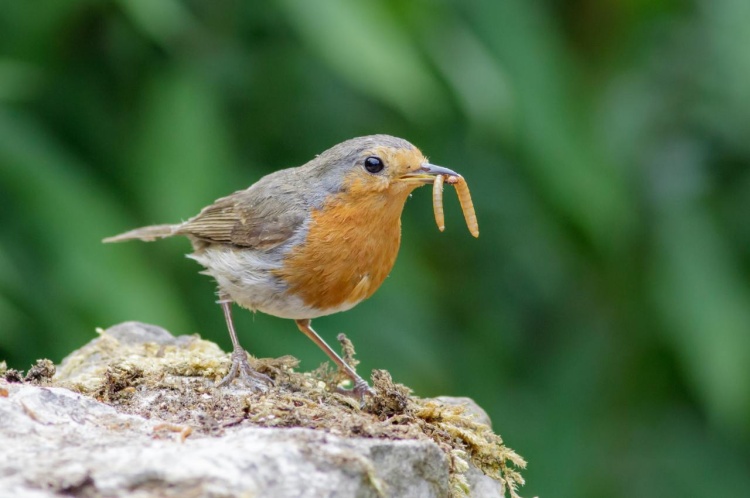
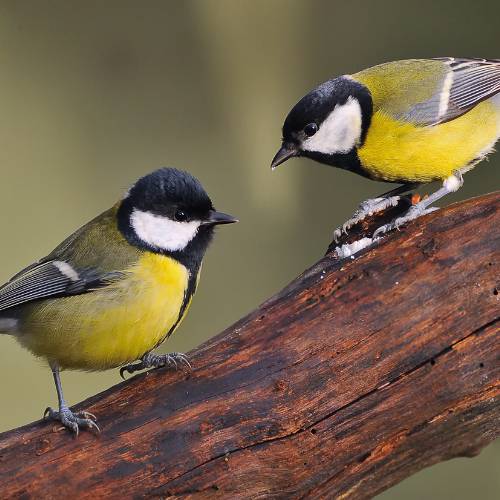
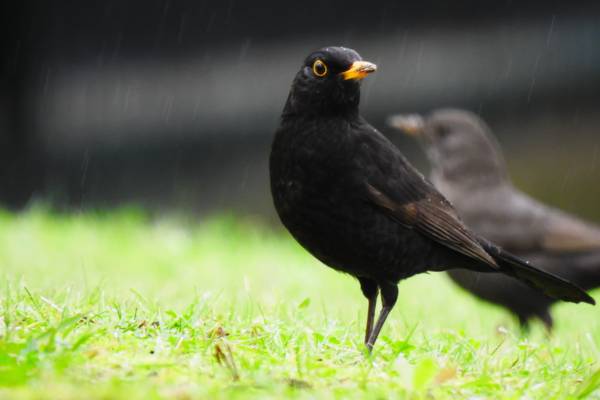
.jpg)

.jpg)
